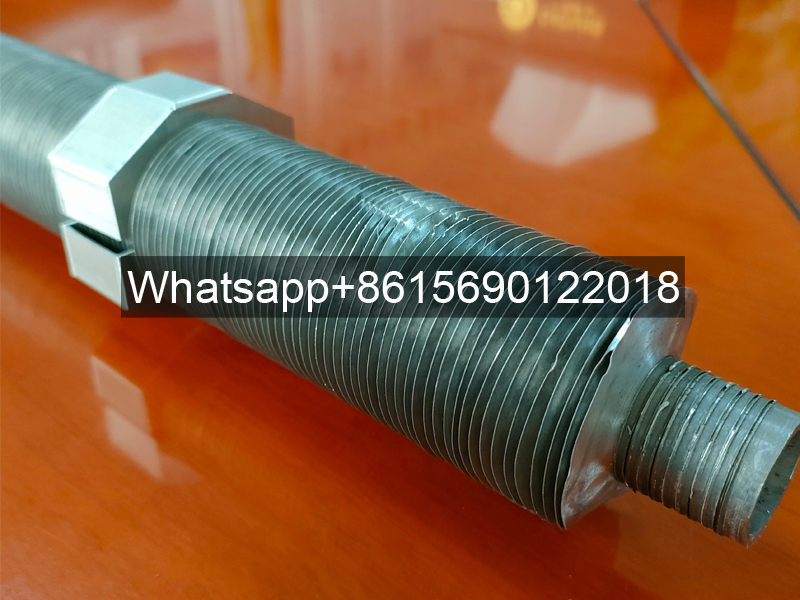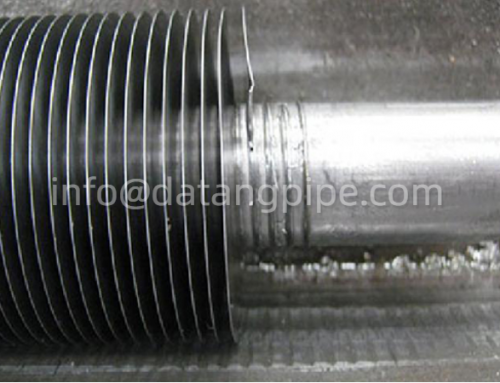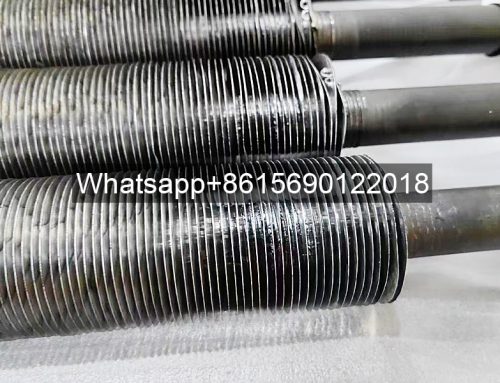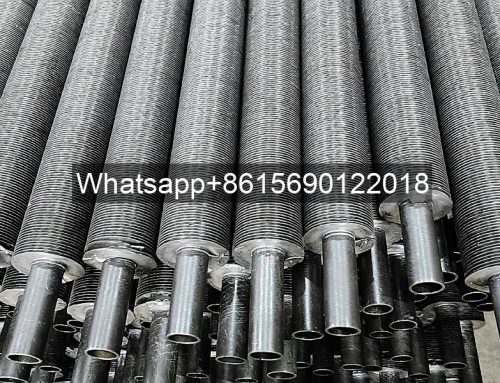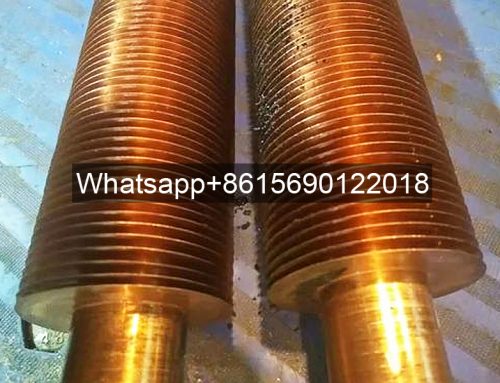Project Description
Product Name: Embedded Fin Tube | G Type Finned Tube
- Leave Your Message
Embedded Fin Tube | G-Type Finned Tube
Embedded fin tubes, also called G-type finned tubes, consist of a base tube and fins embedded within it. The base tube is typically made of metal materials such as steel or copper, offering excellent thermal conductivity and pressure resistance. The fins can be made of metals such as aluminum and copper and are embedded within the base tube through a specialized process, significantly increasing the heat transfer area and improving heat transfer efficiency.
1. The structural characteristics of embedded finned tubes offer the following advantages:
Efficient heat transfer: The addition of fins significantly increases the heat transfer area, enabling more heat to be transferred per unit time and improving heat transfer efficiency.
Compact structure: Embedded finned tubes are compact and occupy little space, making them suitable for applications with limited space.
High corrosion resistance: The appropriate base tube and fin materials can be selected based on the specific operating environment, improving corrosion resistance and extending service life.
Low pressure loss: Appropriate fin design and layout can reduce fluid flow resistance and minimize pressure loss.
II. G-type Finned Tube Manufacturing Process
Base Tube Preparation
Select the appropriate base tube material and determine the base tube size and shape according to design requirements.
Perform surface treatment on the base tube to remove impurities such as oil and rust to ensure surface cleanliness.
Inspect the base tube quality to ensure it is free of defects such as cracks and pinholes.
Fin Fabrication
Select the appropriate fin material and determine the fin size and shape according to design requirements.
Manufacture the fins using processes such as stamping and cutting to ensure dimensional accuracy and surface quality.
Perform surface treatment on the fins, such as galvanizing or aluminum plating, to improve corrosion resistance.
Embedding Process
Common embedding processes include expansion welding, welding, and mechanical joining.
Expansion welding uses a tube expander to expand the fins onto the base tube, achieving a connection through an interference fit between the fins and the base tube. The expansion welding process is simple and low-cost, but the joint strength is relatively low.
Welding connects the fins to the base tube through welding. This provides high connection strength and excellent sealing, but the welding process is relatively complex and requires high operator skill.
Mechanical connection secures the fins to the base tube using mechanical fasteners such as bolts and rivets. This provides high connection strength and facilitates disassembly and repair, but it also increases pressure loss.
Embedded Fin Tube Quality Inspection
Perform a visual inspection of the embedded fin tube to check for a secure connection between the fins and the base tube and for surface defects such as damage and deformation.
Perform a pressure test to verify the pressure resistance and sealing of the embedded fin tube.
Perform a heat transfer performance test to measure parameters such as the heat transfer efficiency and pressure loss of the embedded fin tube to ensure that it meets design requirements.
III. Key Technologies and Difficulties in the G-Type Finned Tube Manufacturing Process
Fin-to-Base Tube Connection Strength
The strength of the fin-to-base tube connection directly affects the service life and heat transfer performance of the embedded fin tube. When selecting an embedding process, factors such as connection strength, sealing, and process complexity must be considered to ensure a secure and reliable connection between the fin and the base tube.
G-type Finned Tube Fin Shape and Layout Design
A reasonable fin shape and layout design can improve heat transfer efficiency and reduce pressure loss. Optimized design is required based on different heat transfer media and operating conditions to achieve optimal heat transfer results.
Precision Control in the G-type Finned Tube Manufacturing Process
The manufacturing process for embedded fin tubes requires high precision control, especially in terms of fin dimensional accuracy and embedding position. Advanced manufacturing equipment and process control methods are required to ensure that manufacturing precision meets design requirements.


